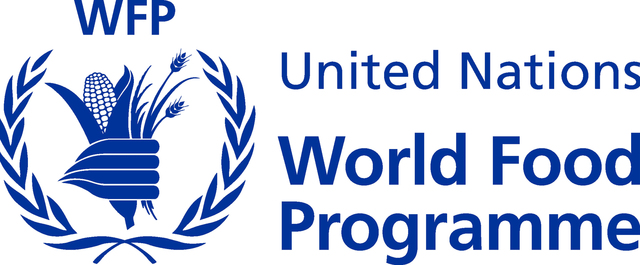World Food Programme (WFP) warns of rising hunger and malnutrition in Ethiopia as humanitarian needs outpace resources
Hunger and malnutrition are on the rise in Ethiopia as ongoing conflict, regional instability, displacement, drought and economic shocks, leave millions without sufficient nutritious food, the UN World Food Programme (WFP) warned today. The organization’s life-saving response has been severely hampered by critical funding shortfalls as 3.6 million of the most vulnerable are at imminent risk of losing food assistance, including malnutrition treatment for 650,000 women and children.
Below is an update on food security and WFP operations in Ethiopia:
Food Security Situation
- More than 10 million people are facing hunger and malnutrition across Ethiopia. These include three million people forced from their homes due to conflict and extreme weather.
- Malnutrition rates are alarmingly high, with 4.4 million pregnant and breastfeeding women and children in need of treatment.
- In parts of Somali, Oromia, Tigray, and Afar regions, child wasting has surpassed the 15 percent emergency threshold.
- Humanitarian needs in Ethiopia are rising due to conflict in neighboring countries. WFP already supports 800,000 refugees in Ethiopia, including 100,000 Sudanese refugees, while escalating insecurity in northeastern South Sudan could drive 10,000 more refugees across the border.
- Poor rainfall expected in south-eastern Ethiopia through May risks another drought in the Somali region as families are still reeling from the 2020-2023 drought – the country’s longest on record.
WFP Response
- WFP delivered food and nutrition assistance to more than three million people in the first quarter of 2025, with 80 percent rations to displaced and severely food-insecure Ethiopians, and 60 percent rations to up to one million refugees.
- This year, WFP has treated 740,000 children and pregnant or breastfeeding women for malnutrition and provided 50,000 families with fresh food vouchers.
- WFP provides daily school meals to about 470,000 children every month, including 70,000 children from refugee communities – prioritising conflict-affected and food-insecure woredas in northern Ethiopia.
- WFP is helping communities to prepare and protect their livelihoods in drought-prone Oromia, Somali and Southern regions, targeting over 200,000 people with early warning messages and cash transfers.
Access Challenges
- Ongoing violence and insecurity in Amhara are disrupting WFP’s humanitarian operations, threatening our ability to reach over half a million vulnerable people in the region.
- Criminal activities such as car hijacking, threats, and theft, are on the rise and pose serious risks to staff safety and impact the delivery of life saving assistance.
Funding
- Without urgent new funding, 3.6 million of Ethiopia’s most vulnerable people will lose access to WFP’s life-saving food and nutrition assistance in the coming weeks.
- WFP is being forced to halt treatment for 650,000 malnourished women and children in May due to insufficient funding. WFP had planned to reach 2 million mothers and children with life-saving nutrition assistance in 2025.
- Cash and in-kind food assistance for up to one million refugees will stop in June if additional funding is not received and the number of people fleeing violence in South Sudan continues.
- Despite the generosity of many governments and individual donors, WFP in Ethiopia faces a funding shortfall of US$222 million between April and September 2025.
Distributed by APO Group on behalf of World Food Programme (WFP).


